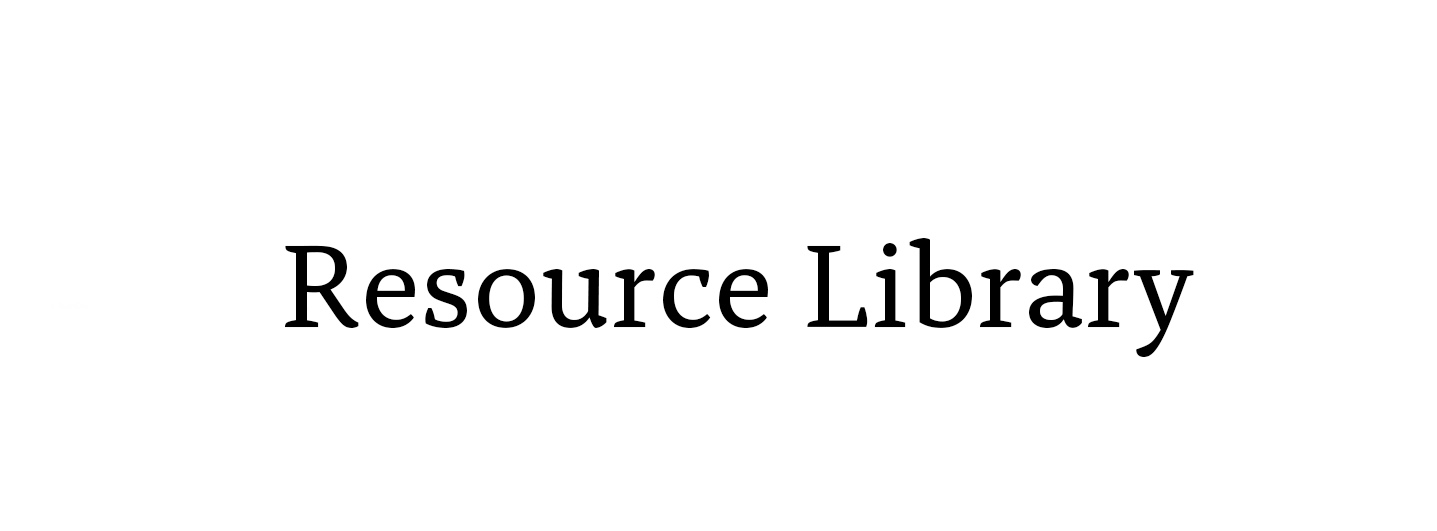Sodium is an important part of our diet but must be kept in moderation, particularly as we age. Having knowledge on various sodium facts is helpful in eating and living healthy. Hyponatremia, low sodium levels, and hypernatremia, high sodium levels, are both common in older adults. This article will discuss the two conditions and the importance of managing sodium intake.
Hyponatremia
Hyponatremia is caused by not enough sodium or too much water in your blood. Low concentration of sodium in one’s blood is common in long-term care facilities and extended hospital visits in particular. Hyponatremia is more common in older adults than other age groups because they are more likely to have medical conditions or consume medications that increase the risk of the condition. Some examples of risk factors include, diuretics, certain cancers, and illnesses that can cause dehydration such as urinary tract infections and pneumonia.
Signs and symptoms to look out for regarding hyponatremia include lethargy, confusion, and an altered personality. Common treatments include treating the underlying disease and changing the amount of water and salt you are ingesting.
Hypernatremia
Hypernatremia is the opposite of hyponatremia and results from excess sodium in the blood. This condition is most often caused by individuals who do not eat or drink enough or have another acute illness such as vomiting or high fever that leads to dehydration. The reduction in thirst response as we age is another influence for an increased risk of hypernatremia in elders. Diuretics can also lead to this condition which depletes the body of water at a higher rate than normal.
Signs and symptoms to be aware of include weakness, loss of appetite, nausea and vomiting, high blood pressure, and kidney damage. Water moving out of the cells to adjust to the high levels of sodium in the blood can also cause seizures, coma, and death if not managed properly. Common treatments include reduction in processed or prepackaged food, choosing low sodium canned goods, and using other things such as herbs and spices for flavor. Many restaurants offer low sodium options: request your meal without salt.
Final Sodium Facts: Salt Management
Sodium is vital for the body to function but must be kept in a balance. Hyponatremia is harder to identify compared to hypernatremia. However, both are serious conditions that may lead to medical emergencies.
Proper sodium levels allow for the full function of the body from movement to thought processing. Finding ways to improve you and your loved ones eating habits is one step into living a healthier lifestyle. If you are questioning how sodium fits into your diet, speak to a nutrition or medical professional.
Additional Resources:
Mayo Clinic: Low blood sodium in older adults: A concern?
Harvard Public Health: Salt and Sodium
American Family Physician Journal: Hyponatremia and Hypernatremia in the Elderly




